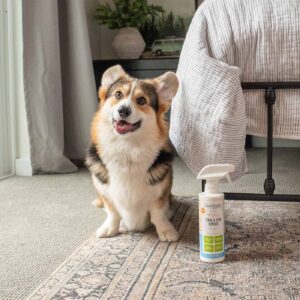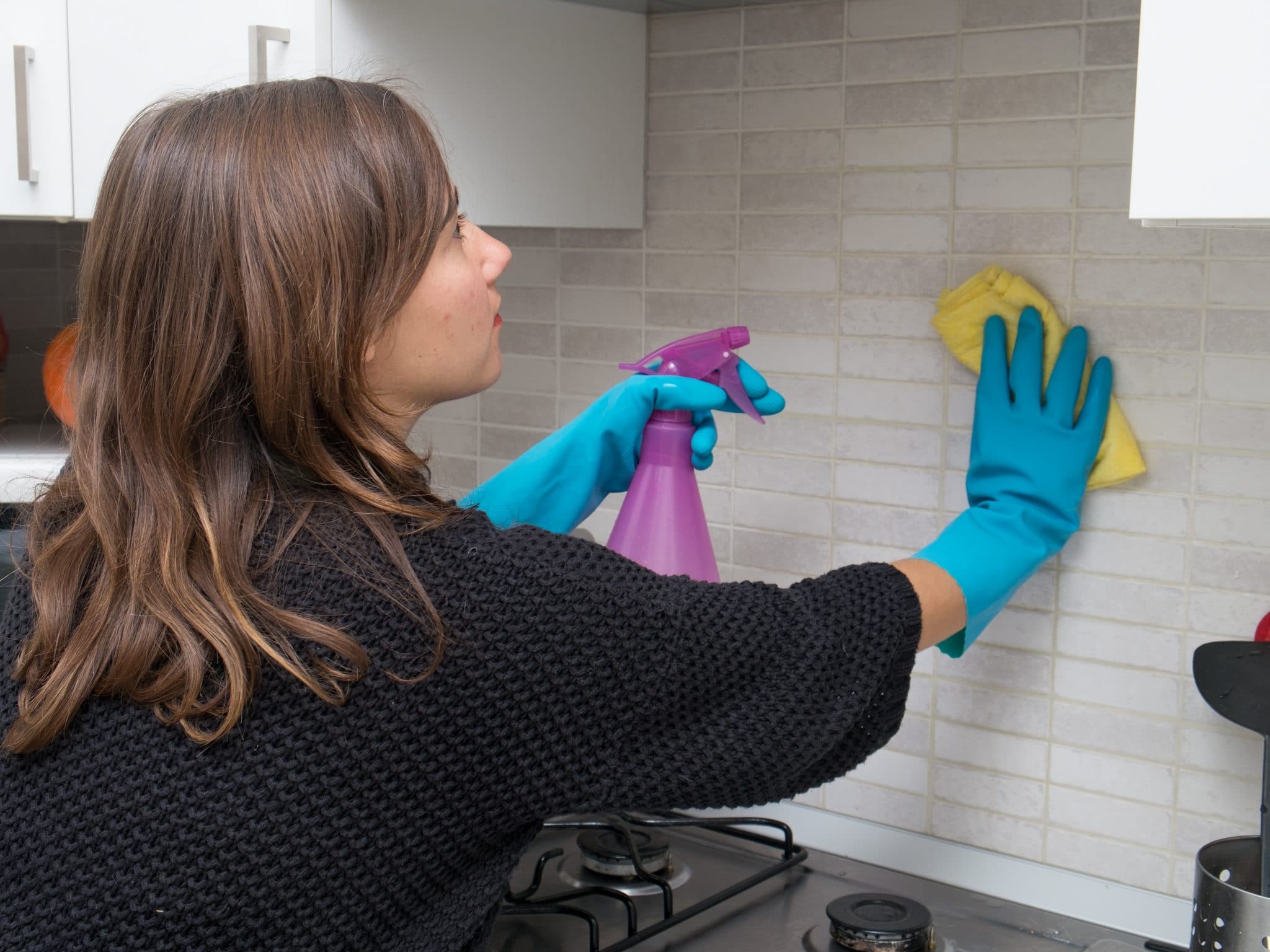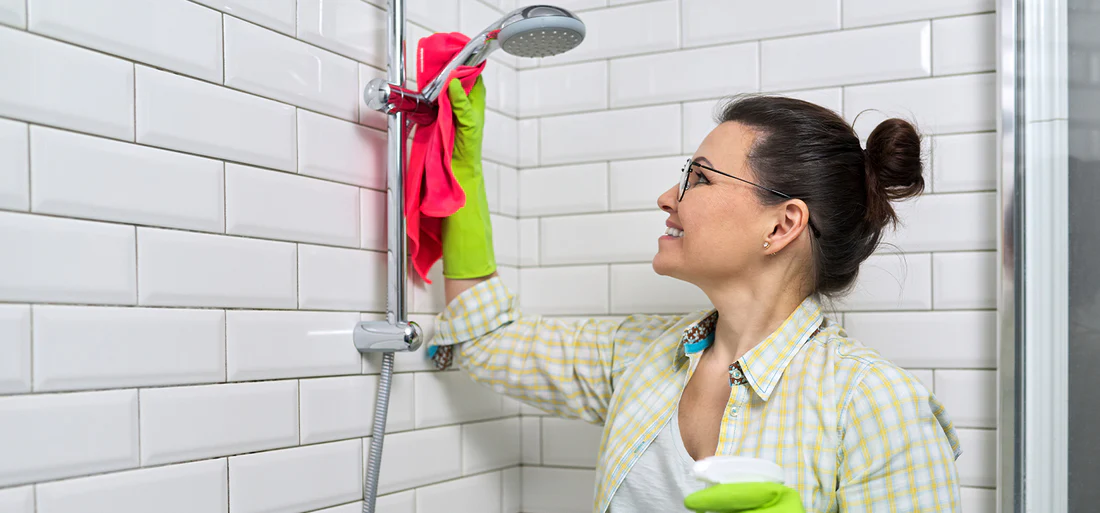Pet owners know the joys of having a furry companion, but they also understand the challenges that come with keeping a home clean. Accidents happen, and when they do, they often leave behind stubborn stains and lingering odors that can be difficult to eliminate. Professional cleaners have developed effective strategies to tackle these problems, ensuring that homes remain fresh and odor-free. Understanding the best methods for removing pet stains and odors can help maintain a clean and inviting space for both pets and their owners.
Understanding the Nature of Pet Stains and Odors
 Pet stains are not like regular household spills. Urine, for instance, contains proteins, uric acid, and ammonia, which can soak into carpets, upholstery, and hardwood floors. If not cleaned properly, these components break down and produce strong odors. Even after the surface appears clean, residue deep within the material can continue to release unpleasant smells. Additionally, pets tend to revisit areas where they have previously soiled, reinforcing the importance of thorough cleaning.
Pet stains are not like regular household spills. Urine, for instance, contains proteins, uric acid, and ammonia, which can soak into carpets, upholstery, and hardwood floors. If not cleaned properly, these components break down and produce strong odors. Even after the surface appears clean, residue deep within the material can continue to release unpleasant smells. Additionally, pets tend to revisit areas where they have previously soiled, reinforcing the importance of thorough cleaning.
Odors are particularly persistent because pet urine crystallizes as it dries. The crystals react with humidity, releasing a strong, ammonia-like smell. This is why professional cleaners focus not only on stain removal but also on neutralizing the odor at its source. Check This Out for more information.
Immediate Steps to Take After an Accident
When a pet accident happens, taking immediate action can prevent stains from setting and odors from lingering. Blotting the area with an absorbent cloth helps remove as much liquid as possible before it seeps deeper into the fabric or flooring. Using plain water to rinse the spot helps prevent the stain from spreading. However, scrubbing too aggressively can push the stain further into the material.
Enzymatic cleaners are highly recommended because they break down the biological components of pet urine and feces. These cleaners contain natural enzymes that digest the organic matter, effectively neutralizing both the stain and the odor. Unlike traditional household cleaners, enzymatic formulas ensure that no residue remains that might attract pets back to the same spot.
Choosing the Right Cleaning Solutions
Different surfaces require different cleaning methods. Carpets, for instance, need a deep-cleaning approach, while hardwood floors require a solution that will not damage the finish. White vinegar and baking soda are often suggested as home remedies, but while they may help with odor, they do not always fully eliminate the stain. Professional-grade cleaning solutions are designed to penetrate deep into fibers and break down the stain at a molecular level.
For carpets, steam cleaning is an effective option because it lifts embedded particles and sanitizes the area. However, excessive moisture can lead to mold or mildew, so professional-grade extraction methods are preferable. Upholstery may require dry cleaning methods or specialized fabric-safe solutions to ensure thorough cleaning without damaging the material.
Dealing with Older Stains and Lingering Odors
Old pet stains are more challenging to remove because they have had time to set into the fibers. The key to tackling them is to rehydrate the area slightly using a cleaning solution before extracting the moisture. This helps dissolve the dried residue, making it easier to lift out.
For lingering odors, professional cleaners often use odor-neutralizing sprays that contain activated charcoal or oxygen-based compounds. These work by absorbing and breaking down odor molecules rather than just masking them with fragrance.
In severe cases, flooring may need professional treatment, such as deep extraction cleaning for carpets or refinishing for hardwood floors. If pet urine has soaked into subflooring, it may require specialized treatments like sealing the affected area before reapplying flooring materials.
Preventing Future Stains and Odors
 Preventing pet accidents is the best way to maintain a clean home. Training pets to use designated areas for relief is the first step, but accidents can still occur. Using pet-friendly deterrents in problem areas can discourage pets from soiling the same spot repeatedly.
Preventing pet accidents is the best way to maintain a clean home. Training pets to use designated areas for relief is the first step, but accidents can still occur. Using pet-friendly deterrents in problem areas can discourage pets from soiling the same spot repeatedly.
Maintaining a regular cleaning schedule helps prevent buildup. Vacuuming carpets and upholstery frequently removes dander and hair that contribute to odors. Washing pet bedding regularly and using air purifiers can also keep indoor spaces smelling fresh.
For households with persistent pet stains, investing in a professional deep-cleaning service a few times a year can make a significant difference. Professional cleaners use industrial-strength equipment and specialized cleaning agents that reach deep into surfaces, ensuring thorough stain and odor removal.

